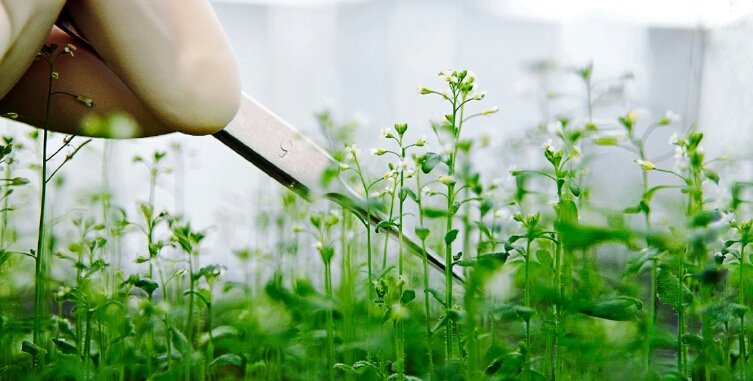
PLANTS use a complex process called photosynthesis to extract energy from sunlight to create food. Studies on certain species have revealed that they perform yet another feat—they calculate the optimum rate at which to absorb that food overnight.
Consider: By day, plants convert atmospheric carbon dioxide into starch and sugars. During the night, many species consume the starch stored during the day, thus avoiding starvation and maintaining plant productivity, including growth. Moreover, they process the stored starch at just the right rate—not too quickly and not too slowly—so that they use about 95 percent of it by dawn, when they start making more.
The findings were based on experiments on a plant of the mustard family called Arabidopsis thaliana. Researchers found that this plant carefully rations its food reserves according to the length of the night, no matter whether 8, 12, or 16 hours remained until dawn. Evidently, the plant divides the amount of starch available by the length of time remaining until dawn, thus determining the optimal rate of consumption.
How do plants ascertain their starch reserves? How do they measure time? And what mechanism enables them to do math? Further research may shed light on these questions.
What do you think? Did the mathematical ability of plants come about by evolution? Or was it designed?
Thank you for reading and to your support.

Hi! I am a robot. I just upvoted you! I found similar content that readers might be interested in:
https://www.facebook.com/WondersOfCreations/
Sana naging plant na lang ako. 😁😂🤣